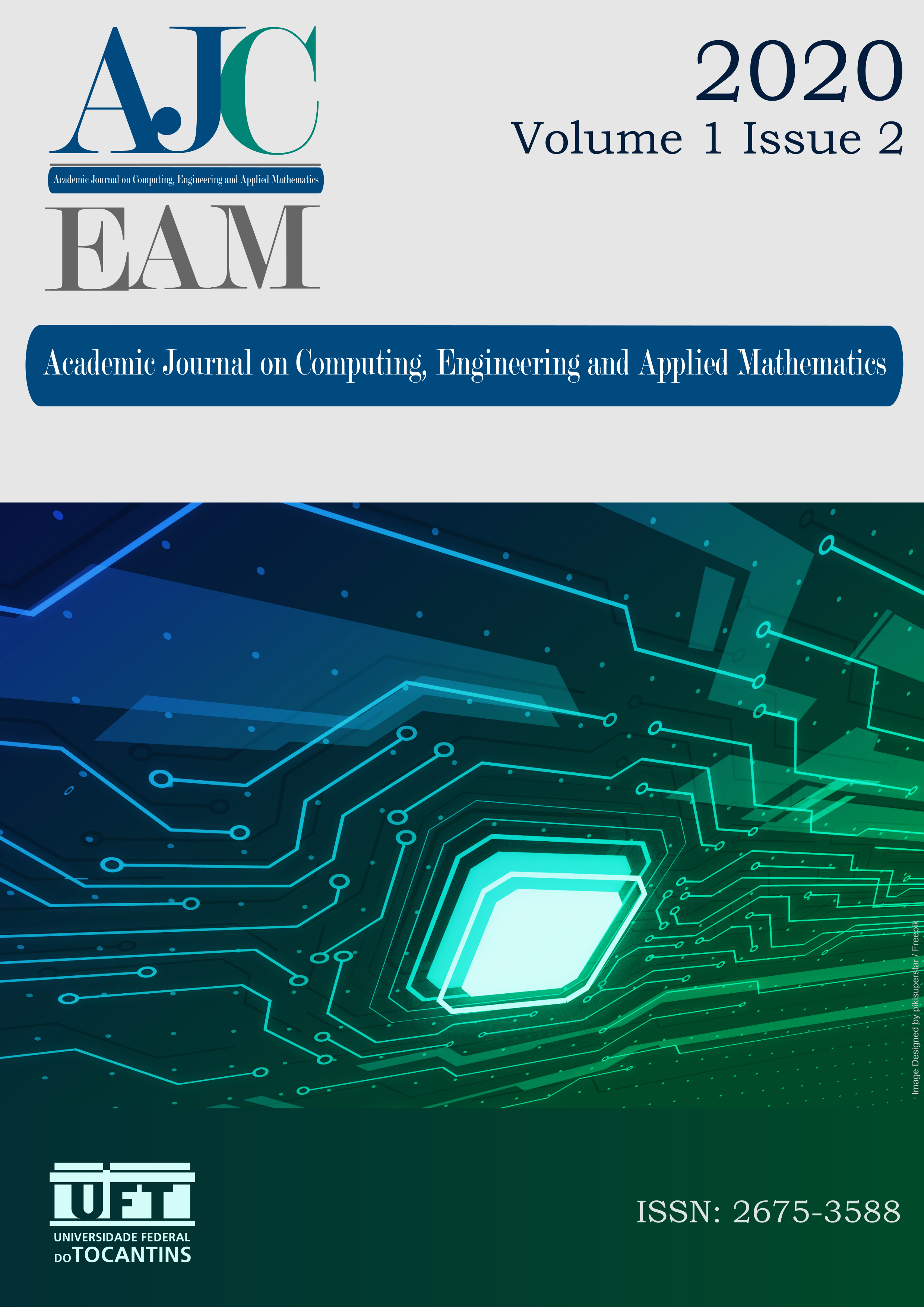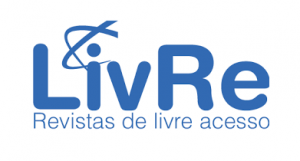5G energy efficiency for Internet of Things
a survey
DOI:
https://doi.org/10.20873/uft.2675-3588.2020.v1n2.p14-23Keywords:
Internet of Things, 5G technology, SurveyAbstract
The Internet of Things (IoT) consists of devices capable of measuring the environment and executing tasks without human intervention. Due to its size, these devices have restrictions in processing, memory, and battery. These devices can reach a trillion nodes and, therefore, requires network connections that are capable of both handle a large number of nodes connected and low energy transmission. The fifth generation of telecommunications technology (5G) is a key concept to address those requirements as new applications and business models require new criteria such as security trustworthy, ultra-low latency, ultra-reliability, and energy efficiency. Although the next generation of connections is at its early stage, progress has been made to achieve 5G enabled IoT technologies. This paper describes a review of the main technologies such as Cloud, Software Defined Network, device-to-device communication, Evolved Package Core and Network Virtual Function Orchestration that are planned to be applied for both fields of 5G and IoT.
Downloads
Published
How to Cite
License
Copyright (c) 2020 Rodrigo Kanehisa, Felipe Barbosa, Alberico de Castro

This work is licensed under a Creative Commons Attribution-NonCommercial 4.0 International License.
Authors who publish in this journal agree to the following terms:
- Authors retain copyright and grant the journal the right of first publication, with work simultaneously licensed under the Creative Commons Attribution License (CC BY-NC 4.0), allowing work sharing with acknowledgment of the work's authorship and initial publication in this journal. ;
- Authors are authorized to enter additional contracts separately for the non-exclusive distribution of the version of the work published in this journal (eg, publishing in an institutional repository or as a book chapter), with acknowledgment of authorship and initial publication in this journal;
- Authors are allowed and encouraged to post and distribute their work online (eg, in institutional repositories or on their personal page) at any point after the editorial process;
- In addition, the AUTHOR is informed and agrees with the journal that, therefore, his paper may be incorporated by the AJCEAM into existing or existing scientific information systems and databases (indexers and databases). in the future (indexers and future databases), under the conditions defined by the latter at all times, which will involve at least the possibility that the holders of these databases may perform the following actions on the paper:
- Reproduce, transmit and distribute the paper in whole or in part in any form or means of existing or future electronic transmission, including electronic transmission for research, viewing and printing purposes;
- Reproduce and distribute all or part of the article in print;
- Translate certain parts of the paper;
- Extract figures, tables, illustrations, and other graphic objects and capture metadata, captions, and related article for research, visualization, and printing purposes;
- Transmission, distribution, and reproduction by agents or authorized by the owners of database distributors;
- The preparation of bibliographic citations, summaries and indexes and related capture references from selected parts of the paper;
- Scan and/or store electronic article images and text.



